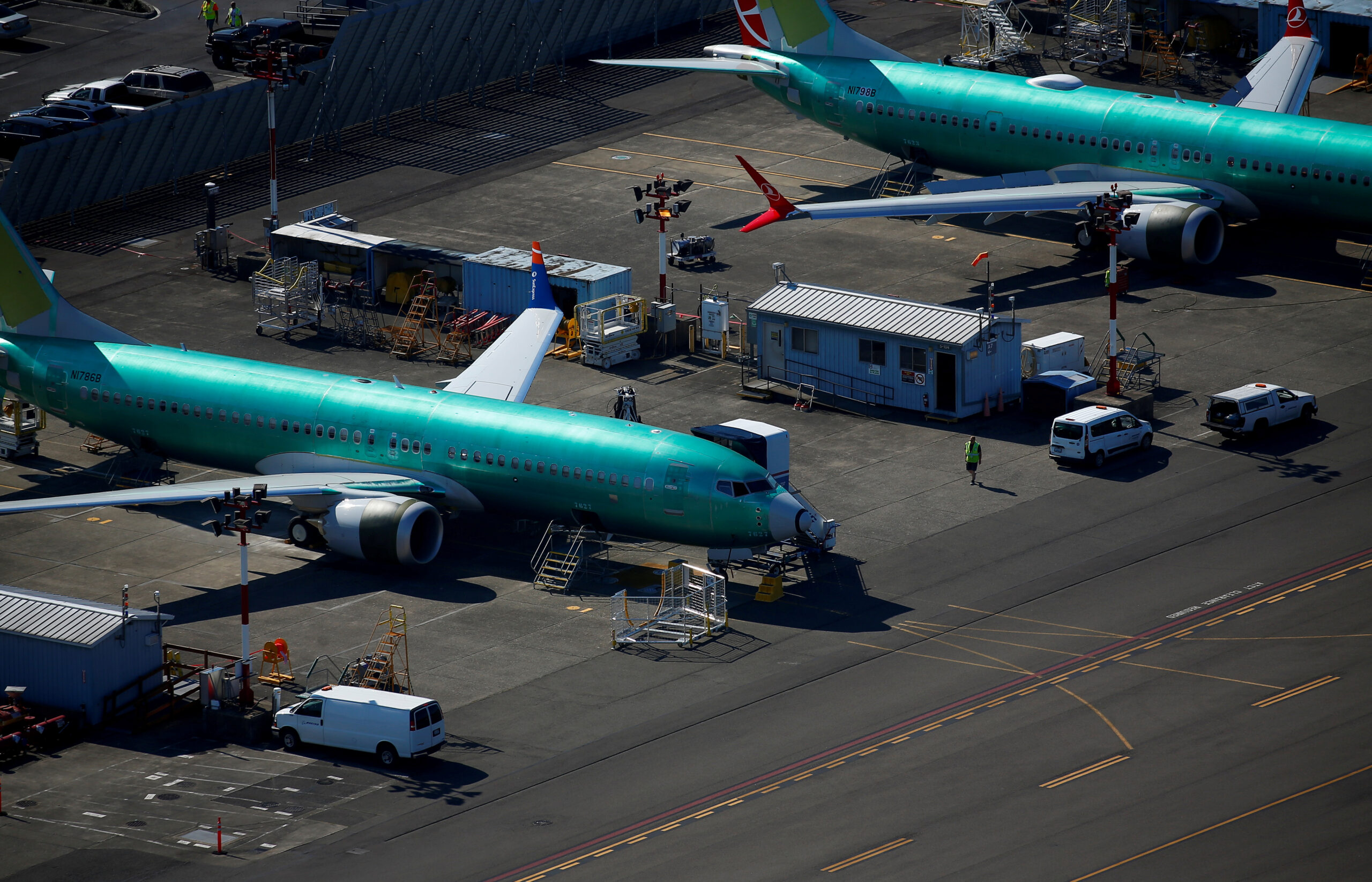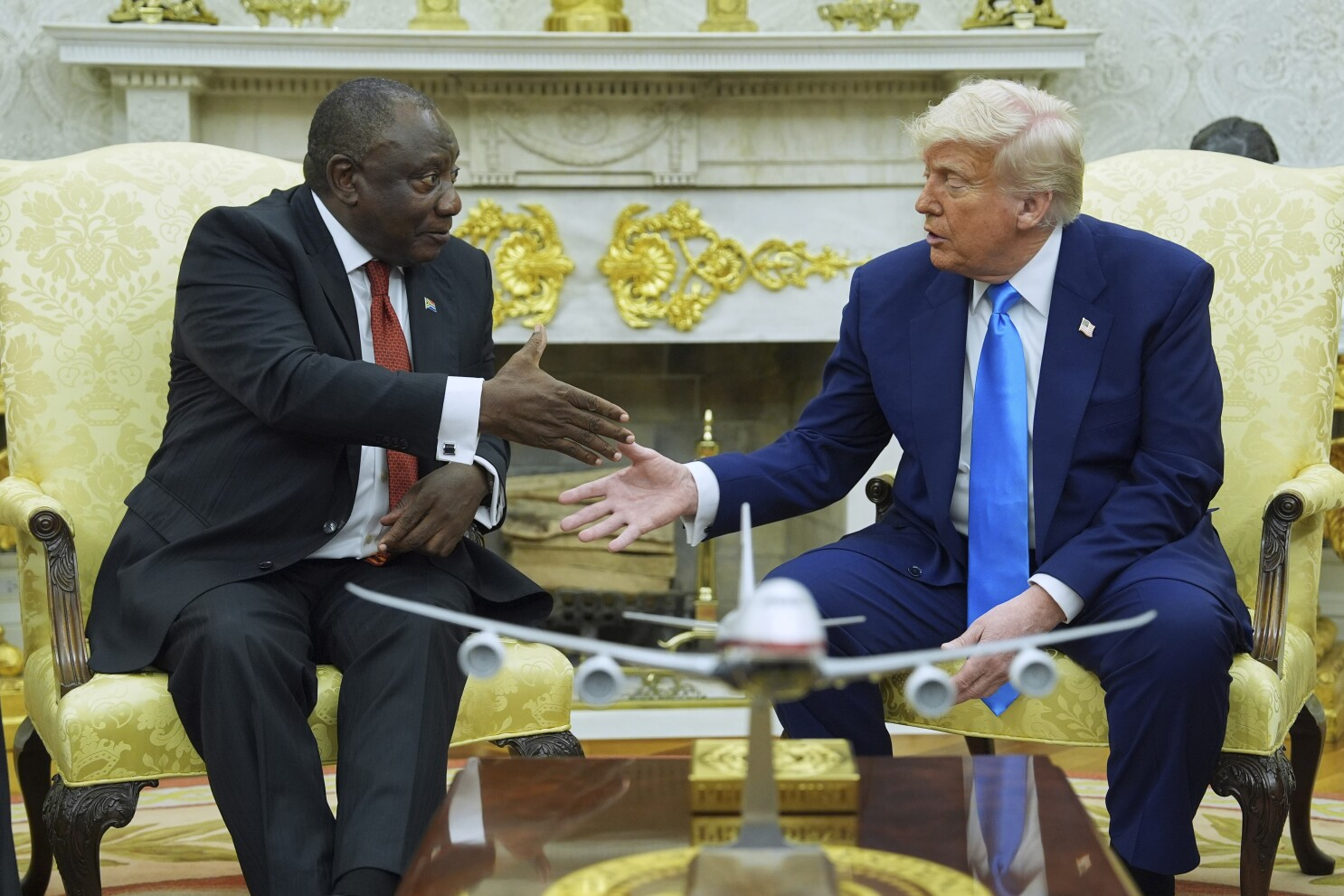
Boeing 737 MAX test pilot grappled with simulator flaws, too
Revelations have emerged in released instant messages from 2016, where a top Boeing Co 737 MAX test pilot tells a colleague that “The jet’s MCAS flight control system – the same one linked to two fatal crashes – was running rampant in the (simulator) on me.”

But the broader conversation appears to show the Boeing pilot was also grappling with a number of software problems with the flight simulator itself, according to a former Boeing test pilot who analyzed the transcript and who had direct knowledge of the flight simulator at the time.
Such calibration problems may have contributed in some way to then-chief technical pilot Mark Forkner’s observations and conclusions about MCAS’ behavior, the former pilot, and a second former Boeing engineering employee, Rick Ludtke, said.
The messages, first reported by Reuters, appear to be the first publicly known observations that MCAS behaved erratically during testing before the aircraft entered service.
They sent Boeing’s shares tumbling, prompted a demand by U.S. regulators for an immediate explanation, and a new call in Congress for the world’s largest plane maker to shake up its management.
At one point during the 9-minute conversation, Forkner tells colleague Patrik Gustavsson that he was in his hotel room “with an ice cold grey goose” after a session on a flight simulator earlier in the day.
The Nov. 16, 2016 conversation took place four months before the U.S. Federal Aviation Administration certified the MAX, the latest iteration of Boeing’s 737 aircraft, and two years before deadly crashes in Indonesia and Ethiopia killed 346 people.
That simulator, likely supplied by Textron Inc company TRU Simulation + Training, was also still months away from winning FAA certification and had numerous technical problems that affected its performance, the former Boeing pilot said.
“But there are still some real fundamental issues that they claim they’re aware of,” Forkner said, likely referring to the manufacturer.
Boeing declined to comment.
Forkner’s lawyer David Gerger told Reuters: “The simulator was not reading right and had to be fixed to fly like the real plane.”
Boeing has said MCAS only operates when the flaps are retracted, so it would be unusual that Gustavsson would have experienced the same behavior on approach, with flaps extended, the former Boeing employees said.
Pilots have complained they did not know about the existence of MCAS before the Lion Air crash in October 2018. In a separate set of emails released by the FAA on Friday, Forkner told the agency in January 2017 that the company would delete references to MCAS from the flight operator’s manual “because it is outside the normal operating envelope.”






